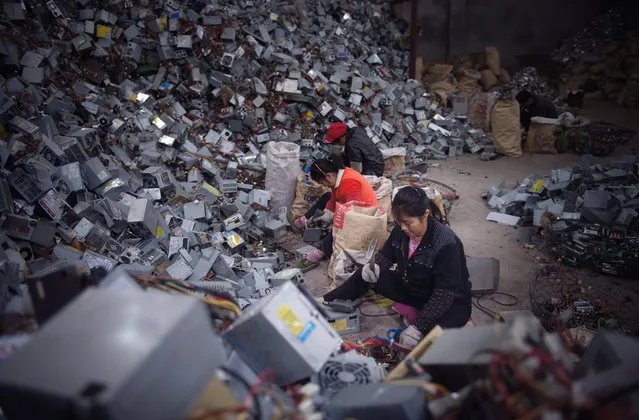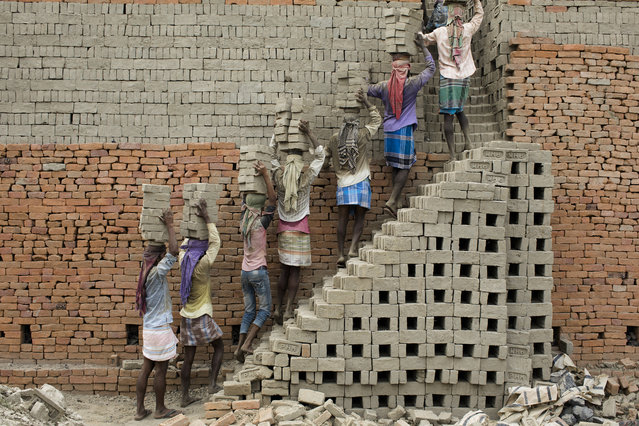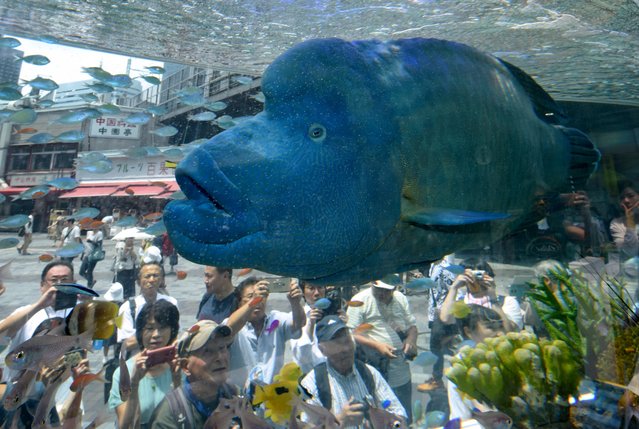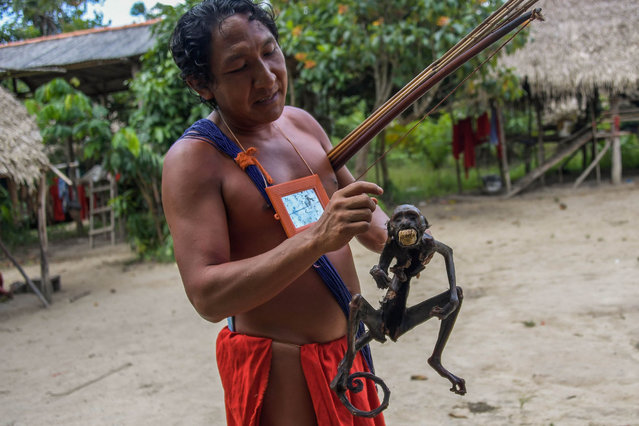
Fans gather to watch a FIFA World Cup Russia 2018 football match between Brazil and Costa Rica on a giant screen at Alzirao neighborhood in Rio de Janeiro, Brazil on June 22, 2018. (Photo by Carl De Souza/AFP Photo)
24 Jun 2018 08:07:00,post received
0 comments







